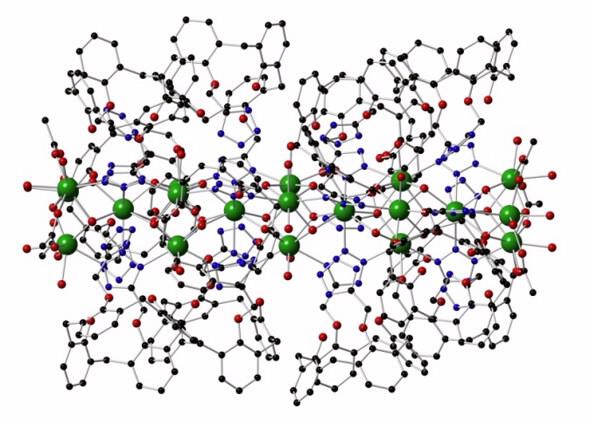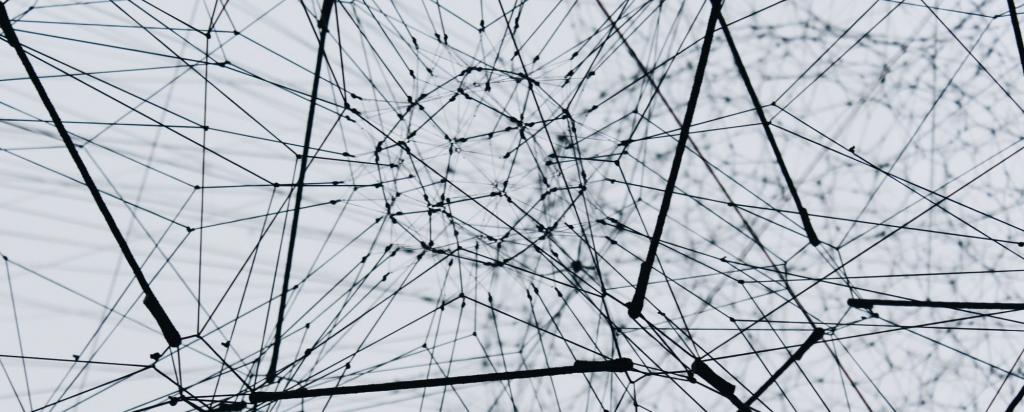

Published on the 28th January 2016 by ANSTO Staff
A PhD student carrying out research at ANSTO has discovered a simplified way to make a unique class of molecules that has the potential to shift the way in which new nanomaterials are prepared.
The research has produced two scientific papers for prestigious chemistry journals.
The potential applications of these materials are diverse and include synthetic skin, molecular magnets and high-capacity memory storage devices.
Daniel D’Alessio made the serendipitous discovery while working in collaboration with ANSTO LifeSciences on the development of radiopharmaceuticals for diagnosing and treating metastatic cancer. He received a postgraduate research award from the Australian Institute of Nuclear Science and Engineering (AINSE) for the project.
Specifically, D’Alessio examined the suitability of calixarenes functionalised with tetrazoles as potential new ligands for gallium-68 in PET cancer imaging and lutetium-177, which is used in cancer therapeutics.
One of D’Alessio’s first tasks in developing a new radiopharmaceutical was to radiolabel his calixarene ligands with gallium-68, but in attempting to do this, he discovered a completely new way of making very large cluster compounds.
